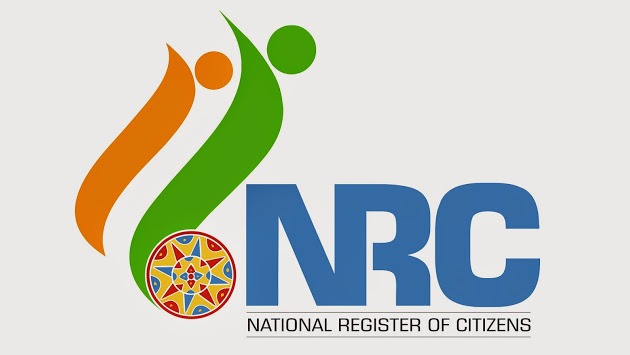Assam tryst with its citizenship issue is not new. After much deliberation and agitation, the tripartite talk in 1985 between centre, state and All Assam Students Union (AASU) led to signing of Assam Accord that decided to solve the contentious citizenship issue once for all by accepting people who have migrated from East Pakistan (present-day Bangladesh) upto the midnight of March 24, 1971 as legal migrants and eligible for citizenship of India including Assam. But for many years, the state government could not find a viable method to create a data base of people who had lived in Assam before the cut-off date.
Its attempt to update National Register of Citizens (NRC) in 2010 was mired by chaos, police firing and it had to be stopped. Finally, technology showed the way and government decided to digitised all the legacy data of NRC 1951 and electoral rolls up to March 24, 1971, in order to help people find ancestor details and claim their citizenship.
Now, all the data related to electoral rolls of 1971 and NRC of 1951 have been digitised and people have started claiming their citizenship. According to Abhijit Bhuyan, managing director, Bohniman Systems, an IT solutions and consulting firm based out of Assam, whose organisation digitised the entire legacy data for the state government, during this entire process, two-crore records from 27000 villages were scanned and digitised and so far 14 million legacy data have been delivered and 6.8 million family tree have been generated based on these data.
The most challenging task was collecting the data because data were scattered across the state. In 1951, there were 8 districts and now there are 27 districts in Assam. People have either migrated or they are now part of new district, so data had to be collected from different places and presented on a single platform, so that people need not to go from pillar to post to find their details, said Bhuyan.
“All the documents were in the custody of superintendent of police of each district. The documents were very old and fragile. Regular scan was not possible as it could have damaged the documents itself. So, we created large team and started scanning by taking pictures of the documents. We scanned close to 6,025,000 documents,” informed Bhuyan.
The NRC 1951 is a hand-written document in Assamese language and most of the present-day citizen are more comfortable with English than the Assamese, so after digitisation, the documents were translated into English. Also, to solve the issue of different spelling of same names, a software with a phonetic capability that can recognised the similar sound names was added into the system.
Bhuyan said, “We not only scanned, digitised and created software to search the documents but we linked each and every documents in legacy data base with the original images to ensure data authenticity. Now people have all the data at one platform, they can look for their descendants and can also view the original image either on Internet or by visiting the 2500 NRC seva kendras spread across the state.”
According to government officials, current NRC have been fully digitised and people have applied for the inclusion of their names in the new NRC which is likely to be published by December 2017.
“We found that 95 per cent of the population have given the reference of their ancestor through the legacy portal,” said Bhuyan, adding that the portal has helped the people in finding their data easily. “Had they have to follow the manual process of reaching out to block, this could have created huge chaos,” he added.







